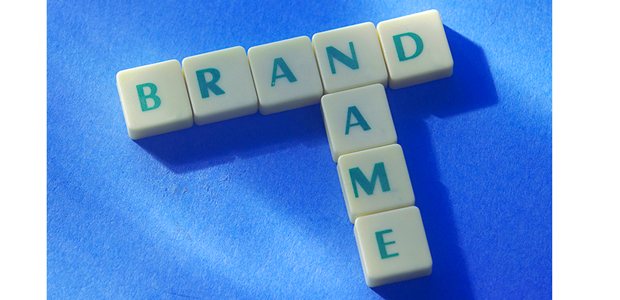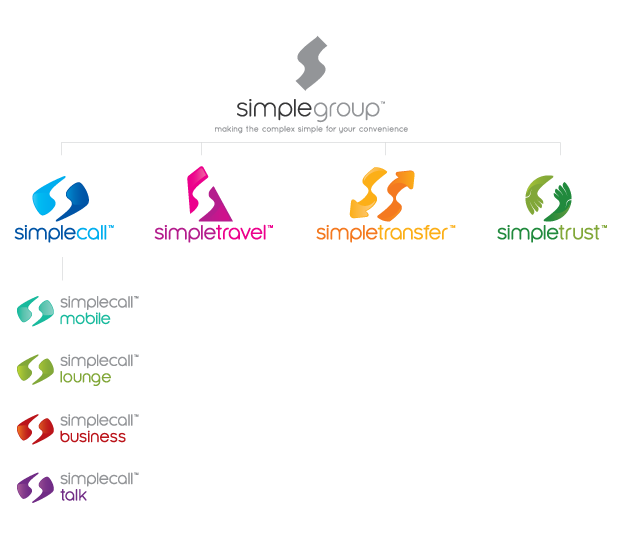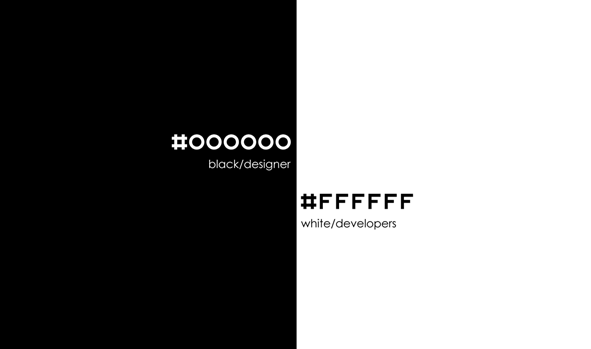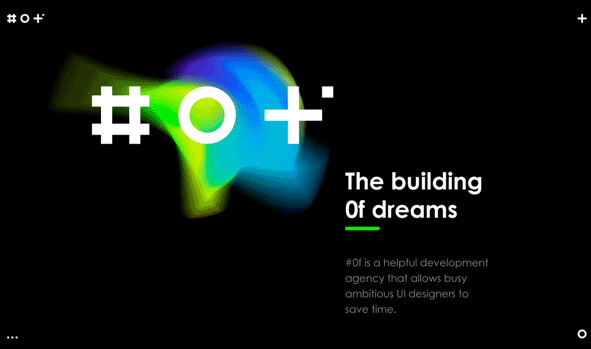
Five essential things to do before naming your brand
While there may be stories of some brands named in eureka moments, there is a methodical process you can follow so you don’t have to rely on random inspiration. We break down what goes into naming a brand.
WHERE DO I START?
Brand names surround us. Even to the point where they are a part of our natural language and in our dictionaries.
While we know there are countless components to creating a successful brand, there is still a substantial amount of weight attached to the actual name of the brand. It carries more weight than you think and can actually be the difference between a brand gaining traction and fading out fast.
You can’t just pluck a pleasing sounding name out of thin air and expect it to work for your brand. It needs to represent your values. It needs to express your personality. It needs to be evocative of your brand essence. And above all that, it needs to appeal and relate to your target audience.
Great branding is a balance of conceptual (substance) and aesthetics (emotional reaction), which is strategically targeted in line with your business goals. So before you dive right in to bestowing your brand with a name, you need to delve into a thorough brand strategy.
Strategy helps you understand your brand, understand your audience and how to translate your offering to communicate effectively to build trust and loyalty.
The reality is, you can’t just name your brand after your favourite pet combined with your favourite colour. When you undertake your brand’s naming you’ll need the process to be 20% creative and 80% strategic to make it a success.
Let’s take a look…
1. IDENTIFY YOUR TARGET MARKET:
No one can afford to target everyone, particularly small businesses. And even if you could afford to, spreading yourself too thin could weaken your brand and have the opposite of the desired effect.
The first thing you need to realise is that targeting a specific market doesn’t mean you’re excluding people who don’t fit your criteria. Being targeted allows you to focus your precious marketing budget on a specific market that is more likely to buy from you than other markets. The result is a more affordable, more effective way to generate business.
- Look at your current customer base and look for common characteristics and interests.
- Check out your competition and try to avoid exactly the same target market they are going for. Perhaps there is a niche that they haven’t uncovered yet?
- Choose demographics such as age, sex, gender, profession etc and work out which are most likely to buy from you. This article by Marketing Donut will help you get your thinking cap on about demographics and understanding the critical role they play in targeted marketing.
The aim is to clearly define your users, analyse their problems and how your business solves them. This way you truly understand your customers, which demographics are engaged with your brand and why that’s the case.
2. BRAND CHARACTERISTICS:
Brand attributes are the characteristics that make up the personality of your business. You want to establish credibility and trust with your target audience, so it makes sense that you have a personality that resonates with them.
Think of your brand as a person, who would it be?
Are you adventurous? Professional? Approachable? More than that, what’s your x-factor - that extra something about your business that makes it more special than the rest? Defining these characteristics is going to shape your brand including your culture, tone of voice and communications moving forward.
3. VALUES
Think about what you do to make your customers' lives easier. What matters to you as a business that you wouldn’t compromise on? These values can come from your beliefs and purpose as a company.
I find if I put it in a sentence it is easier to define, “We value ‘xyz’ as a company.” They are then translated into action as a collective (staff within your company). For example, if you value ‘honesty’ as a company, an internal behaviour or action that you might encourage is being more transparent.
Looking at your values as a whole or the underlying brand purpose can inform your brand name.
4. POSITIONING STATEMENT:
A brand is a complex beast, and now you’ve delved into the details you’ll be able to hone your messaging into a positioning statement.
A brand positioning statement explains what your brand does, who you target, and the benefits of your brand, in a short, concise statement. The statement will generally be an internal document, although it should be used as a guide to ensure all content is consistent.
Take a look at this article by BrandWatch for some inspiring examples.
5. BRAND ARCHITECTURE:
An important point to consider during your strategy is brand architecture. Put simply, it’s a clearly defined configuration of services or products. It structures your brand to bring your full range of services into focus.
You may only have one product or service now, but you need a scalable brand name that can adapt to future growth and cross-promotion of services. If you name yourself after a single product or service, you’ll have backed (or named) yourself into a corner. Think if Apple was forever named ‘Apple Computers’ - how could they justify selling mobile phones? When Apple diversified they had to drop the ‘computers’ part of their name, which can be a headache of a branding issue.
The big lesson is, it’s important to consider if you’re planning on diversifying into sub-brands before you start naming. Many companies adopt a ‘branded house’ strategy when it comes to architecture. Google is a prime example of this, housing Google Play, Google Maps, Google Drive etc. under one roof. The advantage of this approach is each brand is, in essence, free to play its own game, unrestricted by the meaning of the parent brand.

Here’s an example of Simplecall’s brand architecture we worked on in the past. You can clearly see parent names, sister companies and child brands.
The Name Game
Drum roll please...now you’ve indulged in a thorough (and much-needed) branding strategy you can begin with naming your brand.
Here are my top tips for creating a powerful brand name:
Keep it Conceptual
What it says on the tin’ is not the best way. Every big, successful brand name has a story behind it.
Take Nike for instance; a brand synonymous with sports and outstanding performance takes its name from Nike, the Greek goddess of speed, strength and victory.
Pretty apt, right?
Likewise, Amazon went down a conceptual route too with the concept that you can find everything under one roof, just like the rainforest with the largest variety of animal species under the canopy (roof).
We worked with #0f Development, a digital marketing company who partners with UI designers and design agencies. Their full circle branding requirements included naming, strategy, logo and identity work and iconography to name a few parts of the project.
Analysis of their target audience (designers and developers) told us that they each use different thought processes - creative and analytical respectively. We created a name and monochrome colour scheme that represents this duality, as #0f’ is a shortened version of the colour codes for black (#000000) and white (#ffffff). ‘0f’ was also used to replace ‘of’ in some sentences and headings, which contributed to powerful brand messaging.

Choose a Memorable Name
‘Noodle’ words like Frugl and Google work well because they’re catchy and unique. Although these two examples are real words still in the dictionary, made up words work well too. Unusual names can cling to the hearts and minds of your audience.
Keeping it short and sweet also works best, particularly because it will fit nicely in a URL and won’t be tricky to say or write.
Be Original
Check if the name you have your heart set on isn’t already out there.
Some brands naively don’t see this as a problem and try to differentiate on an existing name by adding ‘UK’ on the end. This will inevitably damage their brand for numerous reasons.
-
Confusing your audience with an existing brand - Why would you want to remind your customers of someone else's business?
-
It’s too risky - Even if the other company is in another location, as you may inadvertently end up sending your customers to your competitors!
-
Shows lack of ambition - You are limiting yourself for future growth to one location.
-
It comes across poorly, that you are either lack of imagination, or just plain lazy trying to piggyback off someone else's success.
-
You are setting up an unwanted comparison, which you will always fail against, especially if it’s a larger established brand name you are copying or sound similar to.
-
You could be sued! - No fun.
-
You have no self belief or confidence in your own brand - It shows you are not aspirational to make it as big as the name you are copying. You will always be perceived as the smaller guy thus limiting your own growth by brand name design. E.g. just look into these two brands - ‘5 Guys’ vs ‘Halal Guys’.
Remember the objective of branding is about differentiation by definition not similarity. Stay well clear of being a copycat and allow your name to emerge from a carefully thought out brand strategy. Brainstorming around your USP/x-factor will help you stand out.
Say it Loud, Say it Proud
It sounds obvious, but make sure that your brand name sounds good when you say it out loud. This is called sound symbolism, and research shows that the use of phonetics can play a big role in consumer behaviour.
This article from Fast Company describes sound symbolism very clearly: “The sound of a word like “knife” or “truck” seems totally arbitrary–it’s just a random sound we’ve assigned to a thing, right? But for several decades, scientists have found good evidence that the sound of words have meaning in a very real way. Sound can convey subtle information about traits such as size, shape, smoothness, and also, according to a new study, distance.”
Tips such as making sure the sound of the letters accurately represent your brand’s personality. For example, a pillow company could avoid heavy sounding letters such as ‘d’ and ‘g’, and edging towards lighter sounding letters such as ‘o’, ‘h’ and ‘w’, which evoke softer connotations. Likewise, certain use of vowels convey different connotations such as ‘a’ suggesting large and ‘i’ suggesting small. This is why certain recognisable words used as brand names work better than others, e.g. Mango, Apricot (fashion brand). Think about the sounds of the words, not just what they mean.
Here’s an example from the above article:
“... found in a study that people who were told an ice cream is named “frish” think it tastes lighter and has fewer calories, while an ice cream called “frosh” tastes creamier, smoother, and richer (even though the ice cream people tasted was actually the same).”
Another point to note is how does the brand name sound in a sentence or if someone hears about the brand word of mouth with no visual reference. Can it be used in the wider messaging of the brand? An example of this is how we used ‘of’ from the brand #0f development. The word ‘of’ was used in many of the heading titles to reinforce the brand. ‘The building OF dream’, ‘Words OF inspiration’, ‘Hero OF the day’…

Dangers of Bad Naming
Remember once a name has been established in the market it becomes very difficult to change it. Consumers form an attachment to them, (as they should).
When changing a logo, it is still largely perceived as the same company. However, when a name is changed, a lot of marketing effort has to be made to ensure people make the connection with the former brand name. This can and does affect sales.
Here’s a quote from this article,
“After 350 years, the Royal Mail decided to change its name to Consignia in 2001. A move that cost £1.5 million. Its chief executive said the new moniker was ‘modern, meaningful’ and appropriate’. But the bewildered public disagreed and just over a year later, a further £1 million was spent on changing it back again.”
Bring in the Pros
Now, it’s true that it’s tricky to hit all of these points if you’re not a branding expert. Hiring a professional to guide you through the branding maze is going to make your life a whole lot easier.
Our branding process at Muneebah Creative creates a powerful branding strategy, defining your customers, your target market, values and personality, which all feeds into your brand name.
My advice: do it right the first time around, as it’s much easier to build on a solid basis than trying to resurrect a failing brand that can’t connect to its customers.

